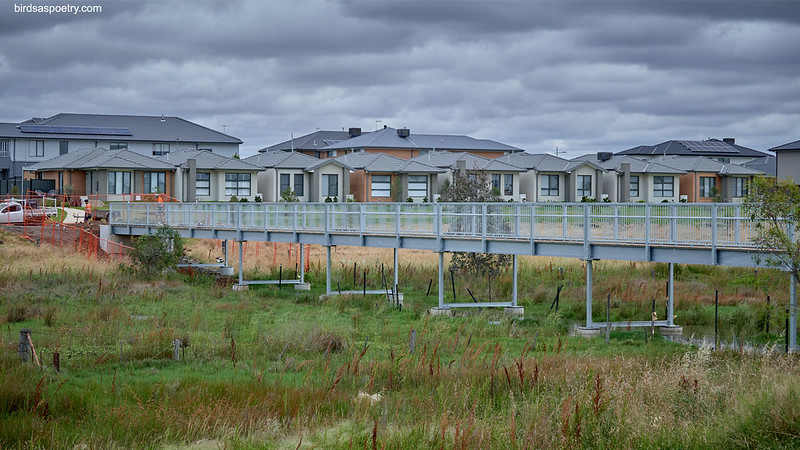
By Hal Pawson and Chris Martin. Originally published in The Guardian.
The Albanese government plans new help for entering the market but systemic change is needed to tackle housing affordability.
More than $20bn was given by Australian governments in tax breaks and cash grants to first-home buyers in the decade to 2021.
While assisting access to home ownership is an electorally popular policy, these schemes are widely criticised by economists and public policy experts as inequitable and ultimately counter-productive, with each new boost in assistance driving prices further beyond reach for those who miss out.
That $20bn could instead have funded around 60,000 social housing dwellings or 137,000 homes for first-home buyers on a shared-equity basis.
Even before being ramped up in the economic stimulus response to Covid-19, Australian annual spending on first-home buyer cash payments and stamp duty concessions was escalating – up from $1.2bn to almost $3bn in the three years from 2016.
Additionally, governments have been introducing other schemes to boost first-home buyer purchasing power. These wider measures included the Housing Guarantee, a new national program to facilitate low-deposit mortgages, initially unveiled by Scott Morrison in the heat of the 2019 election campaign.
Now, following a lively debate on the topic ahead of the latest federal poll, the Albanese government plans to further broaden the approach through its new Help to Buy shared equity scheme. For up to 10,000 moderate income households a year, this scheme would offer a federal contribution of up to 40% of the purchase price of a home, with government taking an equity stake in the property.
First-home buyer assistance schemes in Australia do little to enable home ownership access for people otherwise permanently excluded. Rather, their main effect is to bring forward home ownership for moderate income earners already close to purchasing. In doing so, they help assisted households set a new, higher price in the market.
This limitation links to the wider reality that renewed home ownership growth cannot be achieved solely through further expanding first-home buyer support on the current model. To seriously confront this broader aim demands systemic change to tackle the much tougher challenge of easing broader housing affordability.
Yet this objective is in tension with the dominant theme of home ownership policy: to facilitate wealth accumulation through asset ownership.
Some will argue that this demands land-use planning deregulation. In our view, however, the key problem lies in the sacrosanct status of the major tax and social security policy settings that encourage people with spare money – or credit capacity – to spend it on housing.
While this remains embedded, measures that aim to assist first-home buyer access and affordability will achieve little beyond increasing the wealth of existing home owners.
As in Australia, this reflects growing concern at falling – or at least plateaued – home ownership rates seen in many advanced economies during the early 21st century, and particularly since the global financial crisis.
This, in turn, arguably results from the growing financialisation of housing – its treatment as an attractive investible asset – that has combined with record low interest rates to push house purchase out of reach for growing numbers of younger adult households.
In Australia, the likelihood of attaining home ownership by age 30 has fallen substantially. Since the 1970s, first-home buyer average age has risen by six years to 32 – almost doubling the number of years between reaching adulthood and reaching home ownership.
At the same time, especially in Sydney, Melbourne and Perth, first-home buyers are now buying fewer houses and more units, while growing numbers are achieving this life goal only with the aid of parental financial subsidy.
While Australian governments have recently reacted to the first-home ownership policy challenge by broadening and deepening the array of assistance programs, they have continued to focus efforts on the demand side of the housing market – that is, boosting consumer purchasing power.
In contrast with other countries, as well as with Australia’s own historical experience, little or no attention has been lately paid to supply-side measures to expand development of dwellings suitable for this cohort.
In early post-war Australia, rapidly rising home ownership was supported through large-scale state-commissioned housing development for low-cost sale, as well as through government mortgage issuance, and regulatory preference for first-home buyer private lending.
Nowadays, most notably in Singapore but also in European countries such as the Netherlands and Germany, national and state governments continue to play an active role in land and housing development to the benefit of first-home buyers.
Meanwhile, authorities in the UK and Ireland leverage land-use planning powers to ensure that private market housing developments include both affordable rental and lower-priced sale units.
Not only are such approaches largely absent in Australia, but we also lack a coherent overarching policy framework for addressing housing system problems.
Again, this puts us out of step with some of the countries mentioned above which frame first-home buyer assistance measures within meaningful national housing strategies.
Read our AHURI Final Report, Assisting first homebuyers: an international policy review, and the Guardian’s news report.

No Comments so far ↓
There are no comments yet...Kick things off by filling out the form below.